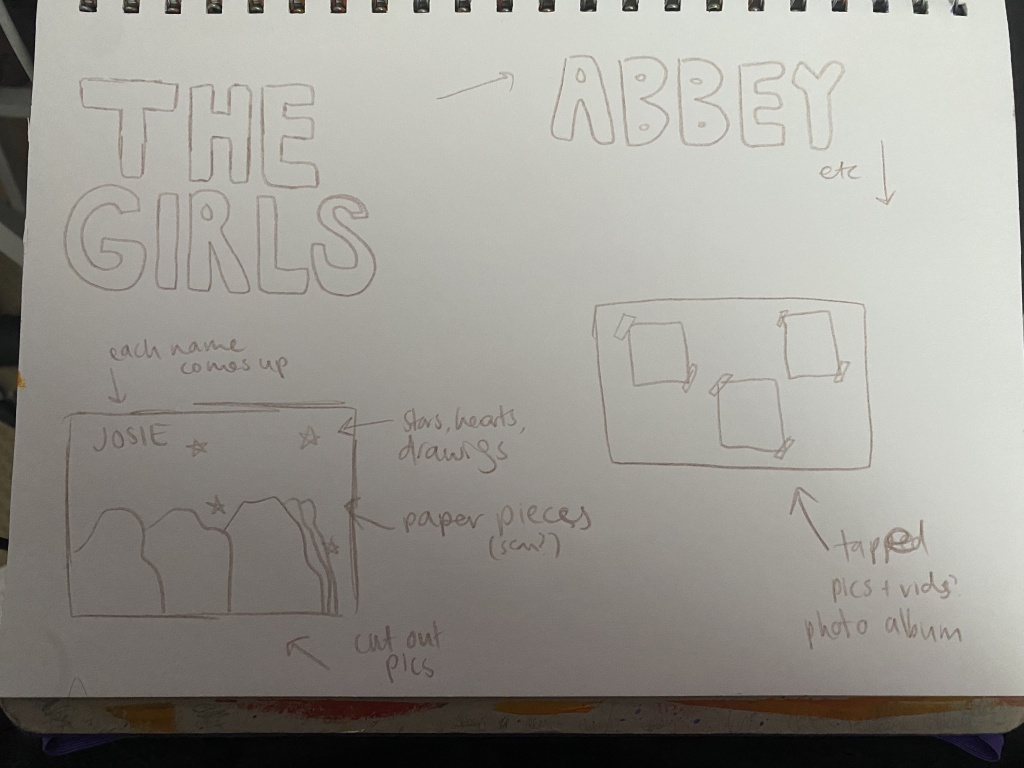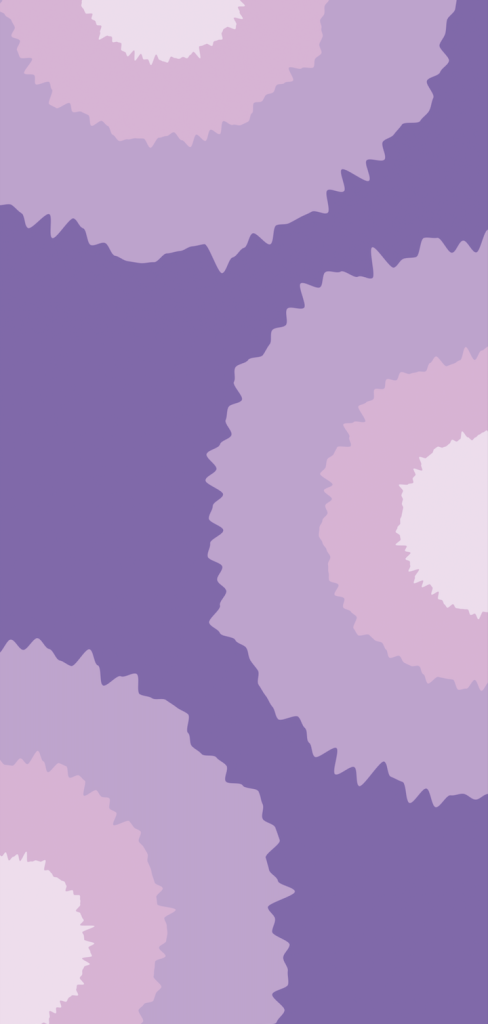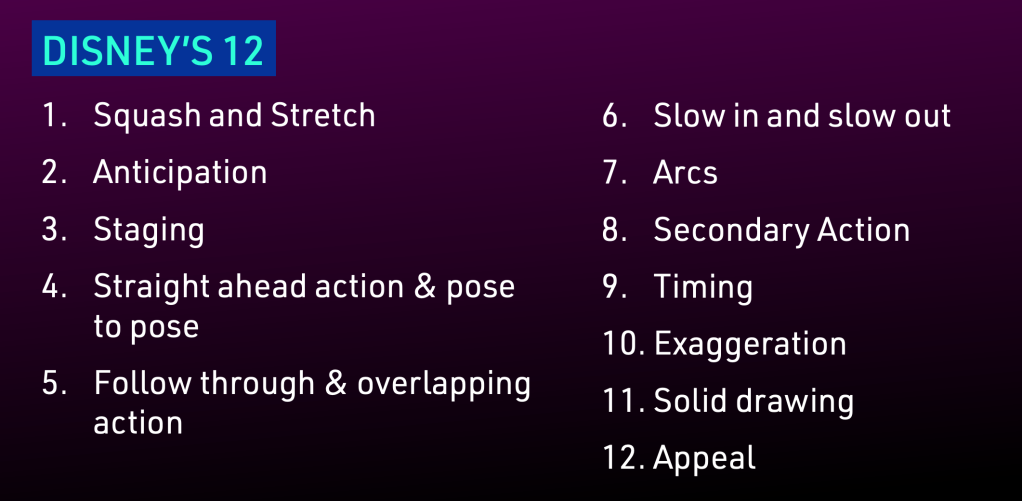This major project was a lot of work, but a really great experience.
In terms of the project outcomes:
- Technical achievement: Whilst I had experimented with tricker technical aspects such as noise and adjustment layers in the first motion design project this session, this project equally tested my skills. The creation of hundreds of layers within lots of compositions was a lot to keep up with. This was definitely an improvement on my nonexistent motion design skills at the beginning of the session.
- Implementation of motion design fundamentals: There was a lot to take into consideration in regards to the principles and fundamentals of motion design. In terms of my project, there were many functions of primary motion. Temporal motion was used throughout the project as the compositions were timed in line with the “theme song” of the “show”.
- Design / aesthetic outcomes: A majority of the design and aesthetic outcomes set out in my original ideations were definitely achieved in the final project. A consistent theme was maintained throughout the full length of the title sequence created.
- Project goals: There were a few more technical aspects I would’ve liked to incorporate into the project, but overall I’m happy with it as my first attempt at this form of motion design.
Learning opportunities/analysis: Whilst it may be considered an easy skill, one of the biggest breakthroughs of this project was learning about the “write on” component of the paint tool on After Effects. This effect had come up in different title sequences I’d studied in the research stage of the project and I had attempted to achieve it many ways before being shown how to use the paint tool. Another learning opportunity experienced during the production of this project was to make sure progress is being saved properly, especially after doing a 3 hour session on it, and when working between many devices…..
Another critical moment in creating this project was having to let go of the illustrative direction I wanted to take. This was heavily inspired by the title sequences that appear in the show, ‘Broad City’. After creating the elements needed for it, I found that it didn’t fit the style of the rest of the project, so decided to let it go. This is an important lesson in design, as sometimes it’s ok to let things go if they aren’t meshing well with the rest of a project.
Future: I’m definitely keen to further my motion design skills after this session. My next project will be a video of my trip to New Zealand, which I’ll be enhancing with some the technical forms displayed in this project and that I’ve learnt throughout the session. I’m also interested to try and expand my skills on creating mixed media projects, as this is where I got a lot of inspiration from for this project. Working on this project has also inspired me to include more motion design in the work I do outside of university.
















